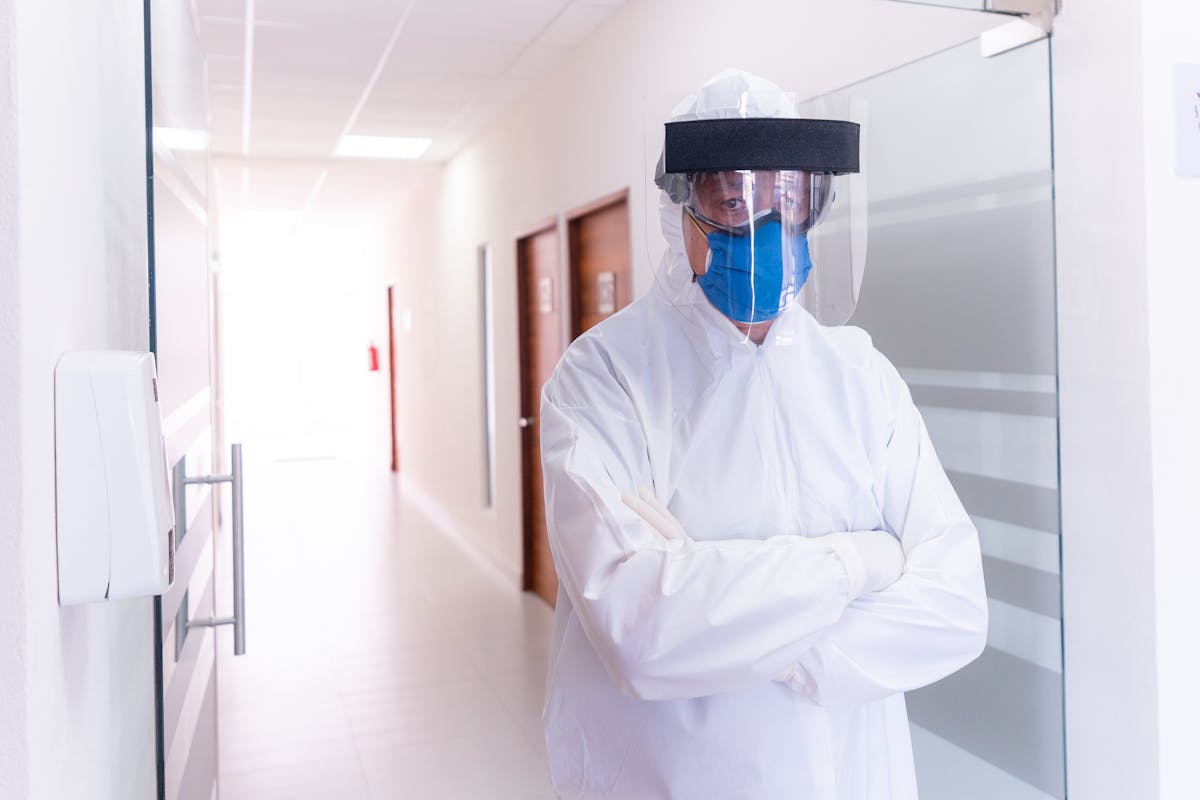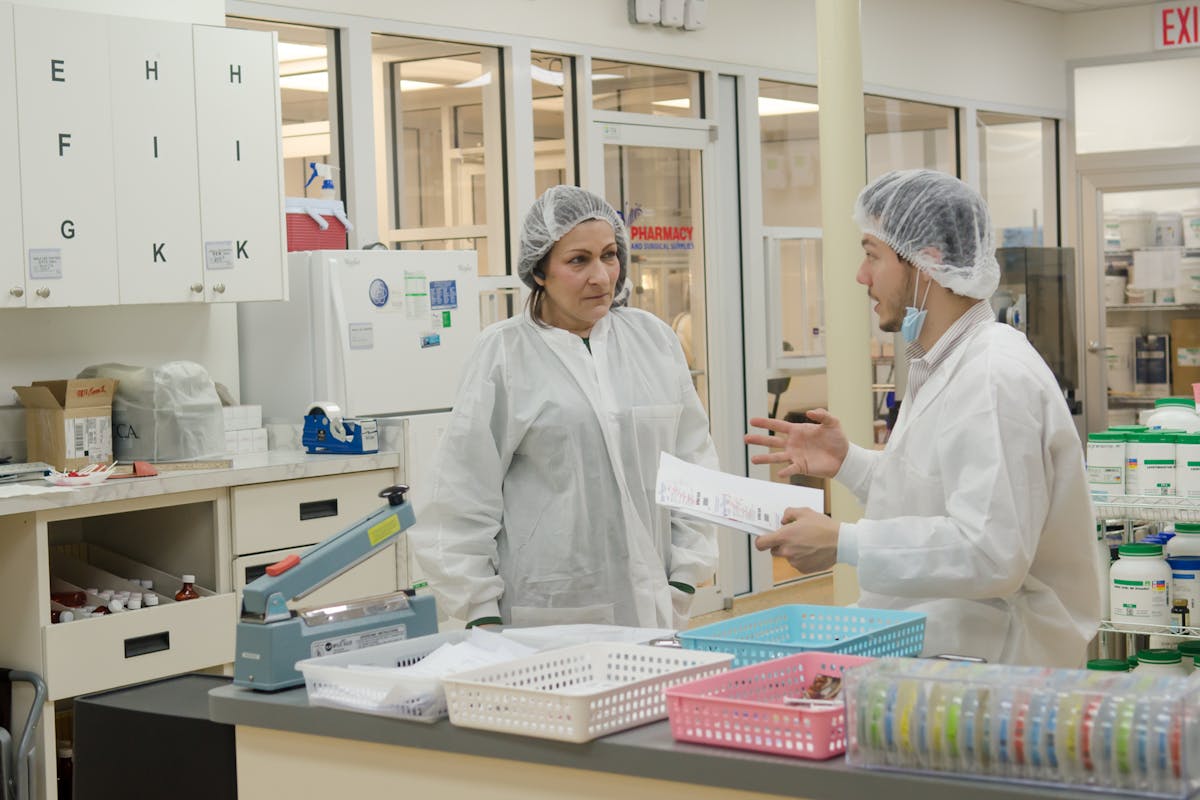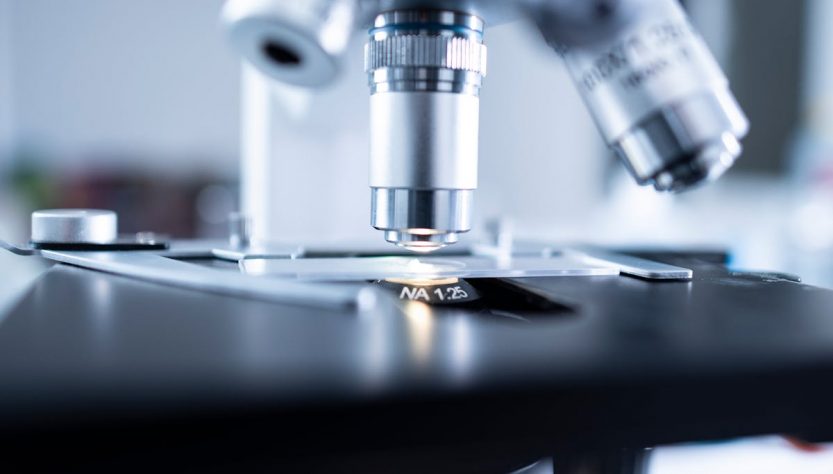
- Regularly maintain and calibrate equipment to prevent breakdowns and ensure contamination-free laboratory conditions.
- Implement comprehensive training programs for staff on contamination prevention, sample handling, and equipment maintenance.
- Continuously update and review protocols to stay current with best practices and new guidelines.
- Foster a culture of diligence and collaboration among team members to maintain a contamination-free laboratory environment.
As a scientist or researcher, maintaining a contamination-free laboratory is crucial for accurate and reliable results. Contamination can lead to skewed data, compromised experiments, and even potential health hazards. This blog will discuss the best practices to help you prevent contamination in your laboratory and ensure the integrity of your work.
Personal Hygiene
A critical factor in preventing contamination is ensuring that all individuals working in the laboratory practice good personal hygiene. Here are four simple steps you and your colleagues can take to minimize the risk of contamination:
Wash Hands Frequently
Wash your hands with soap and water before and after handling any samples, equipment, or materials. This will help remove any bacteria or particles that may be on your hands. Additionally, consider using an alcohol-based hand sanitizer for added protection.
Avoid Touching Your Face
Touching your face with unwashed hands can introduce contaminants to your body and potentially spread them to other surfaces. Make a conscious effort to avoid touching your face while working in the laboratory.

Use Personal Protective Equipment (PPE)
Wear appropriate PPE such as gloves, goggles, and lab coats when handling hazardous materials or conducting experiments that may produce airborne particles. Be sure to dispose of used PPE properly to prevent cross-contamination.
Stay Home When Sick
If you are feeling ill or experiencing symptoms of an illness, it is best to stay home and not come into the laboratory. This will help prevent the spread of any potential contaminants and protect your colleagues from getting sick as well.
By following these simple steps, you can significantly reduce the risk of contamination in the laboratory. Remember, prevention is critical to maintaining a safe and healthy work environment for everyone. Make sure to also stay updated on any specific protocols or guidelines provided by your laboratory or institution to ensure the highest level of safety.
Proper Cleaning and Disinfection
One of the most critical steps in preventing contamination is maintaining a clean and sanitized work environment. Regularly clean all surfaces, equipment, and tools with appropriate disinfectants to eliminate any potential sources of contamination. Pay special attention to high-touch areas such as door handles, countertops, and shared equipment. Additionally, make sure to properly dispose of any contaminated materials and disinfect work areas after completing experiments.
Sample Handling Procedures
Implement strict sample handling procedures to minimize the risk of cross-contamination. Use separate tools and containers for each sample to prevent mixing or contamination between samples. Label all samples clearly and accurately to avoid any confusion or errors during testing or analysis. Additionally, clean and disinfect all equipment and work surfaces before and after handling samples to prevent contamination.
Invest in a Water Purification System
Using purified water for experiments and cleaning equipment is crucial in maintaining a contamination-free laboratory. Invest in a water purification system to ensure the highest quality of water for your experiments, as tap water can contain various impurities that may affect your results. A deionized water system, in particular, is recommended for laboratory use as it removes all ions and impurities from the water. Deionized water is also essential for the proper functioning of many laboratory instruments and equipment.
Equipment Maintenance
Regularly inspect and maintain all laboratory equipment to ensure that they are functioning properly and free from any potential sources of contamination. Calibrate instruments regularly, clean filters and vents, and replace any worn-out parts promptly. Establish a schedule for routine maintenance tasks to prevent breakdowns or malfunctions that could lead to contamination.

Training and Education
Invest in training programs for laboratory staff on best practices for preventing contamination. Ensure that all team members are aware of proper procedures for cleaning, disinfection, sample handling, and equipment maintenance.
Regularly review protocols and provide updates on new guidelines or recommendations for maintaining a contamination-free environment. You can also consider implementing a buddy system, where experienced staff mentors new employees to ensure they understand and follow proper protocols.
By adhering to stringent contamination prevention protocols, investing in high-quality water purification systems, and conducting regular equipment maintenance, you can ensure the integrity of your laboratory results. Equally important is the continuous training and education of laboratory staff to keep up with the latest best practices and guidelines.
Maintaining a contamination-free laboratory is an ongoing effort that requires diligence, dedication, and collaboration among all team members. With these measures in place, your laboratory will be well-equipped to produce reliable and accurate scientific data, fostering trust and credibility in your research findings.
